How to grow white radish?
White radish is a common rhizomatous vegetable in daily life. White radish has fine meat, sweet and juicy taste, rich nutrition and high edible value. It is favored by the market and has good planting value, attracting many farmers to plant. So, how do white carrots grow? The pollution-free high-yield planting technology of white radish is introduced as follows.
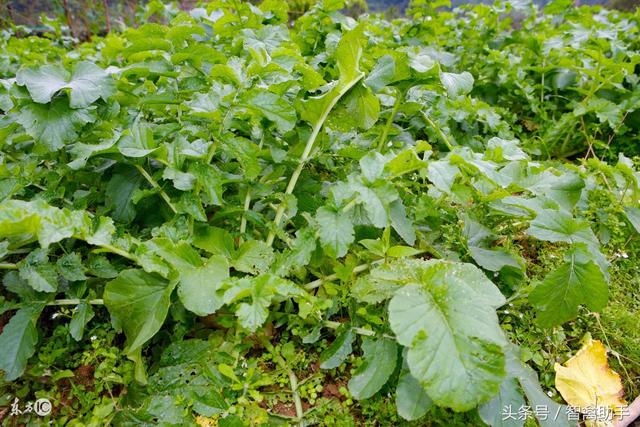
1. Soil selection
Should choose soil loose fertile, rich in organic matter sandy soil, loam and light clay is appropriate.
II. Fine land preparation
After harvesting, remove residual leaves and weeds, pick up gravel blocks, and deeply plow the soil.
1. seed cleaning: deep ploughing is carried out, the depth is more than 30cm, the kang is sunned for 5-7 days, and decomposed farm manure 1500- 2000kg, calcium superphosphate 30kg, potassium sulfate 10- 15kg and borax 0.5- 1kg are applied per mu.
2. Interplanting: more than half of the flue-cured tobacco plants are picked and baked, the two flue-cured tobacco plants are turned into one, the width of the flue-cured tobacco is about 2 meters, the row spacing of the pond is 35-40 cm, 5-8 kg compound fertilizer is applied per mu as seed fertilizer, and the fertilizer is scattered in the pond.
III. Sowing
1. Seed treatment: seeds should be carefully selected before sowing, weed removed, and exposed to the sun for 2-3 hours.
2. Sowing technology: before sowing, irrigate sole water, sow 3-4 seeds in each pond, sow seeds sparsely and moderately, and use 0.3-0.4 kg per mu. After sowing, 500-1000 kg of fine manure is mixed with 15-20 kg of calcium phosphate, 15-20 kg of potassium sulfate, 0.5-1 kg of borax and 3 kg of phosphorus and phosphorus granules per mu, and the mixture is uniformly mixed to cover the pond.
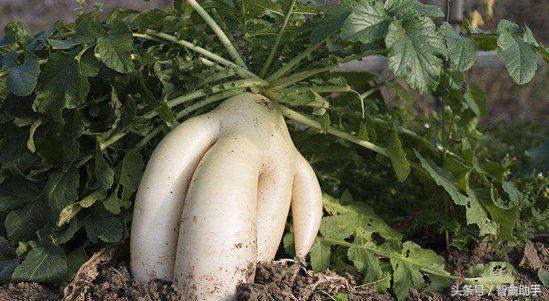
IV. Thinning and seedling determination
To master the principle of "early and late", the first thinning seedlings in 2-3 leaves, remove seedlings, weak seedlings, each pond 2-3 strong seedlings. 5-6 When leaves are cut, seedlings are fixed and only one plant is left in each pond. When determining seedlings, depending on the growth of the whole field, pull out small weak seedlings and larger seedlings to make the plants grow neatly and consistently.
V. Intertillage, Weeding and Soil Cultivation
White radish should be cultivated 2-3 times in the whole production period, first deep and then shallow, first near and then far, so as to avoid root injury. After closing the rows, stop cultivating, and cultivate the soil in the ditch on the soil surface during the last cultivation to prevent the seedlings from falling.
VI. Watering
It depends on crop growth period, rainfall, temperature, soil quality, groundwater level, air and soil moisture conditions. Generally, less watering is needed during seedling stage to promote deep root growth; more water is needed during leaf growth, but proper irrigation should not be excessive to cause excessive growth; irrigation should be evenly applied during rapid expansion period of fleshy roots to promote fleshy root growth and be more tender; stop irrigation half a month before harvest to improve quality and storage tolerance.
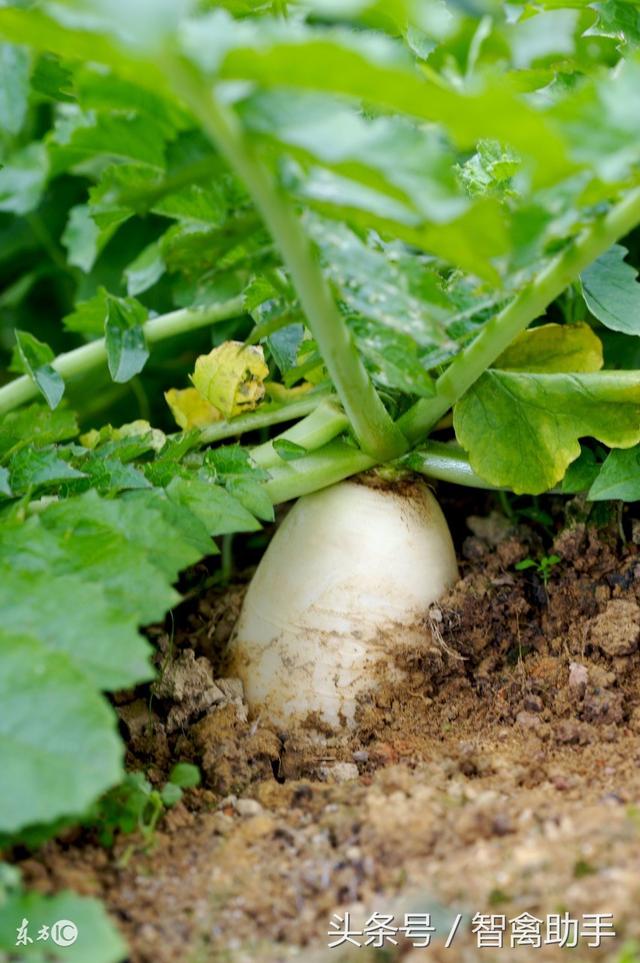
VII. Scientific fertilization
According to soil fertility and growth conditions to determine the topdressing time, generally in the seedling stage, leaf growth stage and fleshy root growth stage divided into two times. N fertilizer should be applied mainly in seedling stage and leaf growth stage, urea 10kg and ternary compound fertilizer 15kg; phosphorus and potassium fertilizer should be applied in fleshy root growth stage, calcium phosphate 15kg, urea 10kg, nitrogen phosphorus and potassium compound fertilizer 25kg, and borax 0.5-1kg should be added at the same time. Available N fertilizer should not be used within 20 days before harvest.
VIII. Integrated pest control
According to the plant protection policy of "prevention first, comprehensive control", priority should be given to agricultural control, physical control, biological control, and scientific and rational use of chemical control. When using pesticide control, scientifically adopt new pesticides with high efficiency, low toxicity and low residue, so as to achieve accurate, early and small pesticide control of diseases and insect pests, and reasonably mix, rotate and alternate application.
IX. Timely harvest
When the fleshy root of white radish fully expands, the leaf color turns dark, and begins to turn yellow, and the root head appears coarse grain, it is harvested in time, generally about 70 days after sowing, and the root is processed into white radish silk or strip according to the market demand, dried and stored for sale.
White radish is a common vegetable, raw food and cooked food can also have a certain medicinal value, the benefits are very high. The above for everyone to introduce the white radish pollution-free high-yield planting technology, I hope to be able to help you!
- Prev
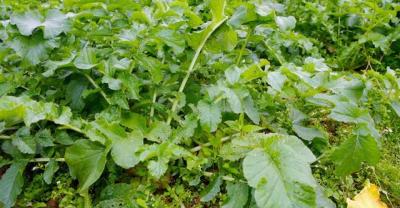
Planting and maintenance of lilac
Morphological features: up to 4m high 5m. Bark dark gray or grayish brown, panicles, flowers dark purple, fragrant. It blossoms from April to May. In a broad sense, lilac refers to the genus clove.
- Next
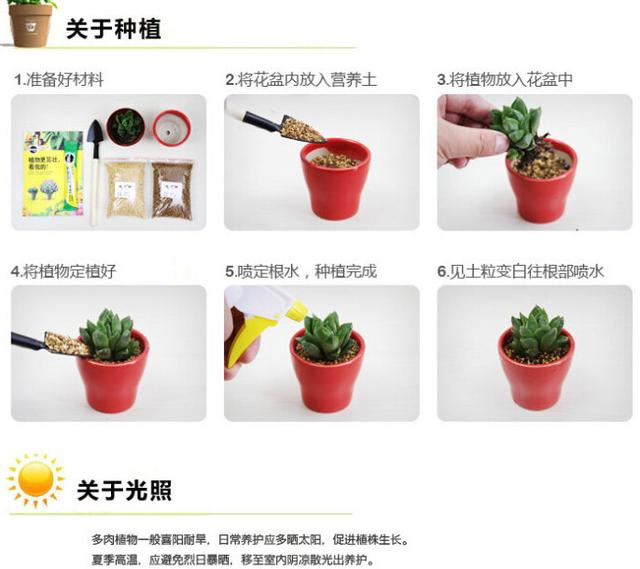
Tips on planting
About growing succulent plants is actually very simple, it is so simple a few steps, look at everyone can. Official account of Wechat: charmplants (long press to copy) to submit and mail.
Related
- Fuxing push coffee new agricultural production and marketing class: lack of small-scale processing plants
- Jujube rice field leisure farm deep ploughing Yilan for five years to create a space for organic food and play
- Nongyu Farm-A trial of organic papaya for brave women with advanced technology
- Four points for attention in the prevention and control of diseases and insect pests of edible fungi
- How to add nutrient solution to Edible Fungi
- Is there any good way to control edible fungus mites?
- Open Inoculation Technology of Edible Fungi
- Is there any clever way to use fertilizer for edible fungus in winter?
- What agents are used to kill the pathogens of edible fungi in the mushroom shed?
- Rapid drying of Edible Fungi

